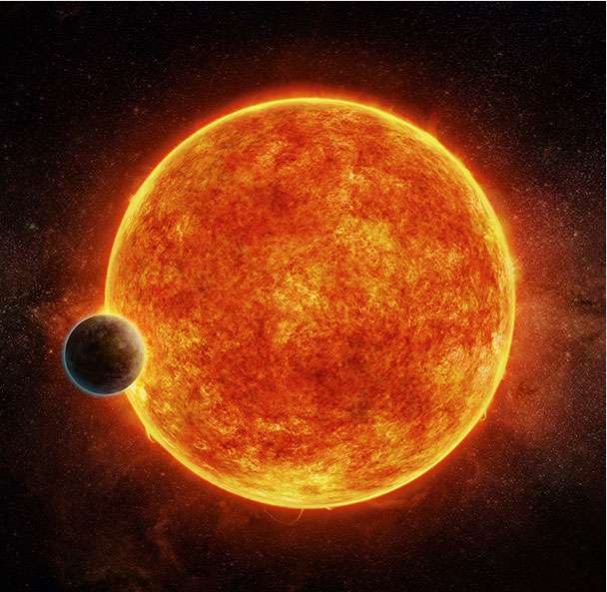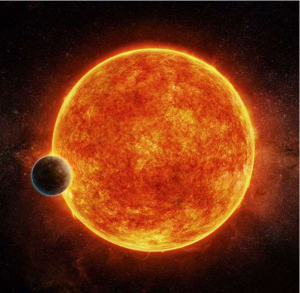
Super-Earth 39 light years away from sun, there may be life

Super-Earth a rocky, temperate planet orbiting a red dwarf star, located in the constellation Cetus, the Whale, 39 light years from the Sun, could contain liquid water, and life may exist, was discovered by an international team of astronomers.
In an article published on Wednesday in Nature magazine, the scientists say the distant planet, dubbed LHS 1140b is orbiting an M-class red dwarf star a little smaller and dimmer than the Sun but the most common type of star in our galaxy.
The study’s main author Jason Dittmann, with the Harvard-Smithsonian Centre for Astrophysics, said that this is the “most Interesting” exoplanet that he’s seen in the last decade.
The new planet was discovered using MEarth-South telescope network devoted exclusively to seeking out exo-planets.
According to the measurements LJS 1140b has a diameter 1.4 times that of Earth and a mass 6.6 times of our own planet, and the climatological conditions and its orbital distance from its star puts LHS 1140b in the “habitable zone”, as the planet’s surface temperature allows water to exist in all three of its states: liquid, solid and gas.
LHS 1140b will be investigated further with much more powerful next-generation telescopes, including the James Webb instrument and the E-ELT device which will be installed in Chile – in the next couple of years.
